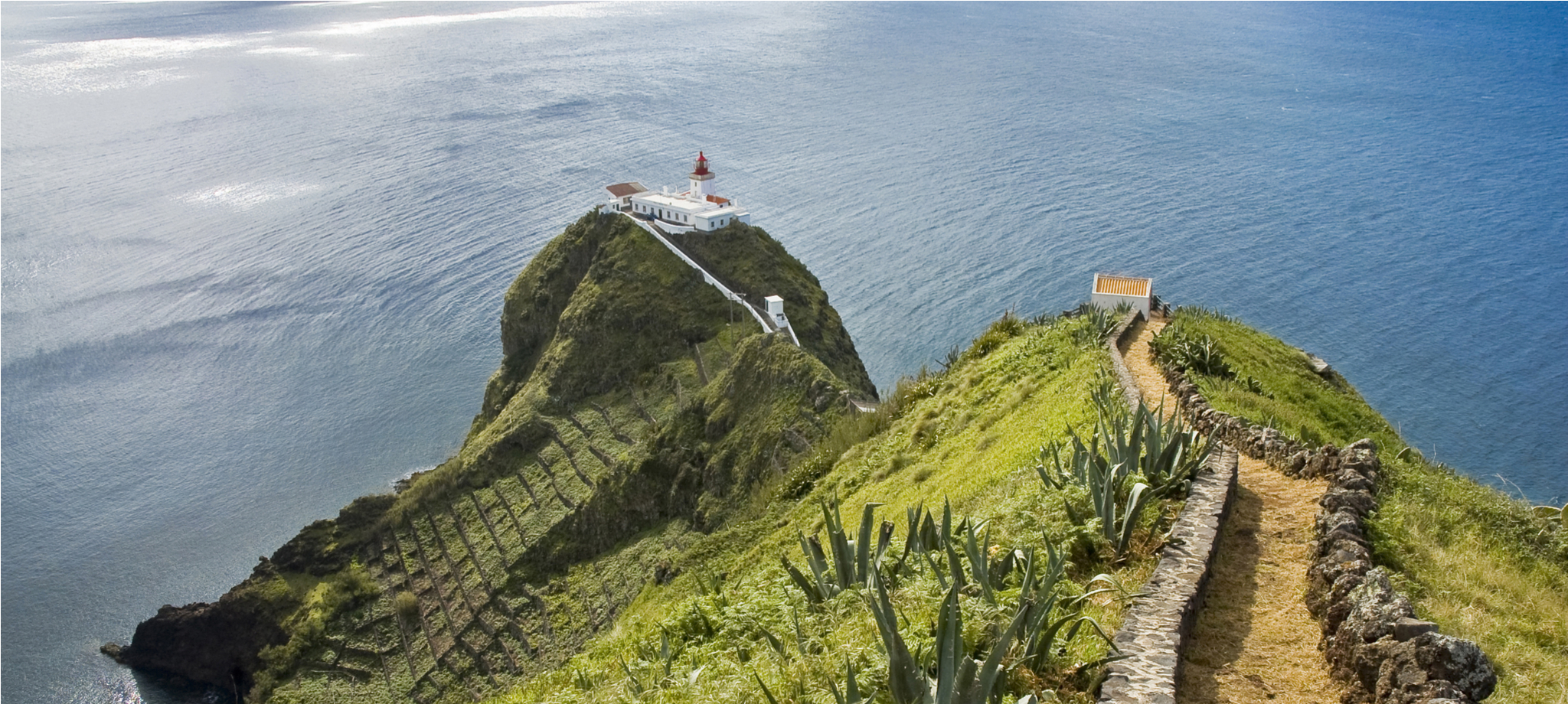The rich history of São Miguel, Azores
This island of the Azores archipelago has a rich history that reflects its strategic importance in the Atlantic and its role as a crossroads of cultures. From its early settlement in the 15th century to its current status as the political and economic hub of the Azores, São Miguel’s history is a fascinating tale of exploration, conflict, and resilience.
Early settlement and economic expansion
The history of São Miguel began in 1444 when Prince Henry the Navigator, a key figure in the Portuguese Age of Discovery, ordered that cattle be placed on several of the Azorean islands to prepare them for human habitation. The captaincy of São Miguel was entrusted to Gonçalo Velho Cabral, a knight and friar of the Order of Christ.
The first settlers arrived from the Portuguese mainland, particularly from the regions of Estremadura, Upper Alentejo, and Algarve. These early Portuguese settlers were soon joined by a diverse group of inhabitants, including North Africans, Madeirans, Jews, Moors, and possibly Frenchmen, creating a melting pot of cultures from the outset.
The fertile soil of São Miguel and its strategic location between Europe, Africa, and the Americas spurred rapid economic growth. The island became a crucial player in the production and export of agricultural products. Wheat was sent to supply Portuguese garrisons in North Africa, while sugar cane, woad, and archil—a type of lichen used for dyeing—were sold to markets in Flanders. The island also began producing wine and dairy products, and later expanded its agricultural output to include sweet potatoes, maize, yams, flax, and oranges.
Pirate attacks and foreign occupations
The island’s prosperity made it a target for pirates and foreign powers. In the late 16th and early 17th centuries, São Miguel faced attacks from French, English, and Algerian corsairs. The most significant of these events occurred in 1582 when Spanish forces occupied São Miguel after a naval battle off the coast of Vila Franca do Campo. The Spanish fleet defeated a French force that included Portuguese sailors supporting Dom António, Prior of Crato, a claimant to the Portuguese throne. This occupation was part of the broader Iberian Union period when Spain ruled Portugal.
With the Restoration of Portugal’s independence in 1640, São Miguel regained its status as a vital trading center. The island developed strong connections with Brazil, sending settlers to the Portuguese colony and benefiting from the transatlantic trade routes.
The liberal wars and economic resurgence
The 19th century brought political turmoil to São Miguel during the Liberal Wars, a conflict between liberals and absolutists over the future of the Portuguese monarchy. In 1831, liberal forces landed in Nordeste, a move ordered by the future Duke of Terceira. The island became a center of resistance against the absolutist regime. By 1832, the liberal army declared the Constitution in Ponta Delgada and recognized Maria II as the legitimate queen of Portugal.
After the Liberal Wars, São Miguel experienced another period of economic growth. The construction of the port of Ponta Delgada facilitated trade, and the introduction of new crops such as tea, pineapples, and tobacco diversified the island’s economy. The island also saw the development of the fishing industry and improvements in agriculture, which helped sustain its prosperity.
The orange boom and agricultural evolution
One of the most prosperous periods in São Miguel’s history was during the late 18th and early 19th centuries, known as the “Orange Boom.” The island became a major
exporter of oranges to England, bringing significant wealth to local landowners and merchants. However, this prosperity was short-lived, as a blight in the 1860s devastated the orange groves.
In response to this economic disaster, São Miguel’s residents demonstrated their resilience and adaptability by introducing new crops. Tobacco, tea, flax, chicory, sugar beet, and pineapples became the cornerstones of the island’s economy, ensuring its survival and continued growth. The cultivation of tea and pineapples remains an important part of São Miguel’s agricultural identity to this day.
Modern era and autonomy
In the 20th century, São Miguel continued to evolve as a political and economic center. The island became the seat of the Presidency of the Autonomous Region of the Azores when the region was granted autonomy in 1976. Ponta Delgada, the island’s capital, is now the largest political-administrative center in the Azores, playing a crucial role in the governance and development of the archipelago.
Today, São Miguel is a vibrant island that balances its rich historical heritage with modern advancements. Its history is visible in the architecture, cultural practices, and agricultural landscapes that continue to shape the island’s identity. Visitors to São Miguel can explore its historical sites, learn about its past, and experience the unique blend of cultures that have made this island a vital part of the Azores.
There is so much to see and do on this beautiful island! Enjoy it with the locals, check out our tour packages.

